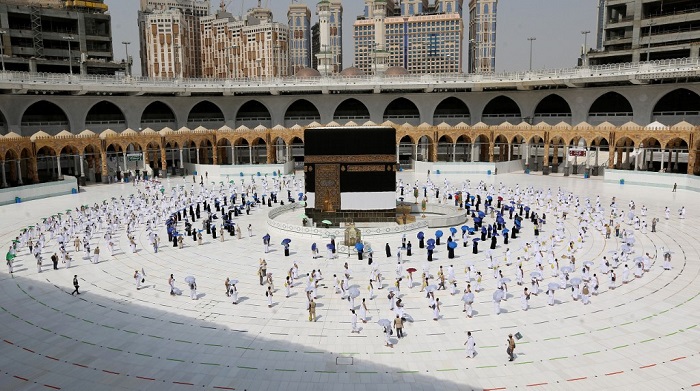Geneva, May 2: US President Donald Trump may rule the roost on Twitter, but he lags far behind Prime Minister Narendra Modi on Facebook, according to a study published Wednesday.
Modi is by far the most followed world leader on the gargantuan social networking platform, counting 43.2 million followers.
That is nearly twice the 23.1 million who follow Trump, according to a study by communications firm Burson-Marsteller.
Of course, Facebook tends to be more widely used in Asia than Twitter which may also account for a large number of followers for Asian leaders.
Cambodia's prime minister Hun Sen shot into the fifth position after his following swelled nearly 50 percent to 9.6 million people, the study found.
He, therefore, counts "more Facebook fans than Cambodia has Facebook users (7.1 million), but still (fewer) than the 14.4 million Khmer speakers on Facebook," it pointed out.
The study, which analysed the activity of 650 personal and institutional Facebook pages of heads of state and government and foreign ministers since January 1, 2017, meanwhile showed that Trump easily counted most interactions on the platform.
The US president counted a total of 204.9 million comments, likes and shares over the past 14 months -- nearly twice as many as Modi, who counted 113.6 million, the study said.
It also found that Trump on average posts five times a day on Facebook, which is more than double the number of posts from the Indian premier.
In terms of followers, the study put Queen Rania of Jordan in third place, with 16 million followers.
Wednesday's study also highlighted the handful of world leaders who actually manage their Facebook pages themselves, instead of handing them off to social media teams.
New Zealand Prime Minister Jacinda Ardern is particularly active and is one of few who regularly broadcasts live on the platform, from her home and even from her car.
The seven-month-pregnant politician has become the "most loved" world leader on Facebook, the study found, pointing out that 14 percent of her interactions on the platform are love hearts sent by her followers.







Comments
Popular for what ???
Famous for boldly promising and defending non deliverables.. FEKU sala
There are many Why's?
Popular : Gandhiji and Godse both are popular in different communities.
Modi is popular for crime lovers.
Add new comment